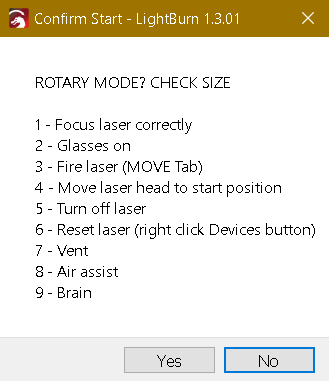This is very controversial subject…
This is Russ Sadler video on beam safety is worth a watch, at least it’s an opinion from an engineer, not optical, but mechanical. Nevertheless a good video, even having to put up with his Brit humor.
I’ve tried the safety sheets and, even though I did photography, the terminology itself always has me questioning…
This has no meaning to me in this context… probably why I didn’t do well at this level of optics.
It seems to imply you hold any source of laser and arms length and look down the beam (with your remaining eye) as it’s lasing…
I think what comes with the machine is probably adequate.
Millions or 100’s of millions of these are sold to pretty ignorant people and I have never heard of someone blinded by one. Same with someone getting across the lps hv a co2 and ended up dead… Doesn’t mean it hasn’t happened, but it’s not enough to even make it on the Internet… the blinding lasers there are the hand held ones they tend to point at aircraft and I’ve not heard of it being permanent.
When researching for my fiber 1064nM sources, I found virtually the same source that’s in my MOPA, without any of the adjustments, used to clean rust off of steel… The video was a group of people using 100+W machines, cleaning metal with hand held emitters and no safety glasses on any of them.
I’ve marked hot dogs with the co2, but nothing biological seems to really be affected by this frequency. Of course I have lots of setting, but if it won’t mark a piece of baloney…?
What isn’t spoken about, that users of lasers know all too well is the bright emission from the actual lasers work, which isn’t the lasers frequency. Most materials at some point are being vaporized and these reactions create a wide range of frequencies, wider then my safety glasses can protect me from or I wouldn’t feel like it’s too bright…
No matter how well it protects, excluding total darkness hood, it’s likely doing some type of long term damage to your eyes…
I try to put it this way…
Don’t depend on technology with your life/eyes/limbs/feet/hands/fingers/toes and any other body part you’d like to keep, on the machines safeties, including eye protection.
Engage your brain before lasing - Safety is between your ears
Set things up so you don’t have to look at these areas for any longer than necessary to get the right adjustments.
Besides the fact that some people are mesmerized by these (like me), so only look when needed.



